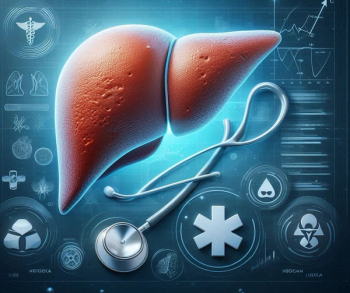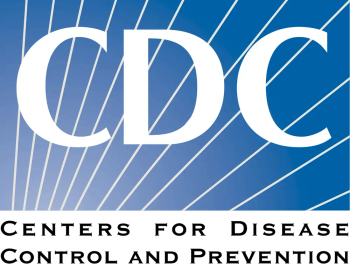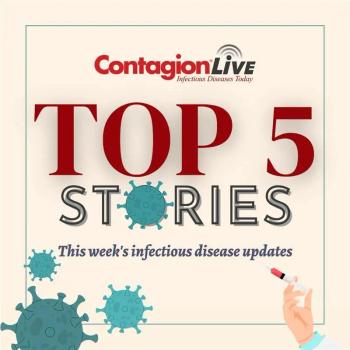
Dual Therapy MK-8591 Plus Doravirine Efficacious in Treatment-Naive PLWH
The percentage of participants who achieved HIV-1 RNA< 50 copies/mL in the 0.25 mg, 0.75 mg, 2.25 mg MK-8591 dose groups was 89.7%, 90.0%, and 77.4%, respectively, at week 48.
A new class of treatments known as nucleoside transcriptase translocation inhibitors (NRTTIs) is showing promise in helping treatment-naïve people living with HIV (PLWH) achieve viral suppression.
At the recent 10th IAS Conference on HIV Science (
For the first 24 weeks, participants in the phase 2b, randomized, double-blind, comparator-controlled, dose-ranging trial received 1 of 3 doses of MK-8591 (0.25 mg, 0.75 mg, or 2.25 mg) plus DOR (100 mg) and lamivudine (3TC [300 mg]) or DOR/3TC/tenofovir disoproxil fumarate (TDF) once daily with placebo.
Participants taking MK-8591 who achieved HIV-1 RNA< 50 copies/mL were switched to a 2-drug regimen of MK-8591 and DOR after 24 weeks, with the primary efficacy end point comprising the overall proportion of participants at week 48 with HIV-1 RNA< 50 copies/mL using the US Food and Drug Administration snapshot approach.
Investigators defined virologic failure as rebound with confirmed HIV-1 RNA≥50 copies/mL after suppression or non-response with confirmed HIV-1 RNA≥50 copies/mL by week 48.
A total of 121 participants (mean age 31 years, 92.6% male, 76.0% white, 22% HIV-1 RNA>100,000 copies/ml) were included in the study. The percentage of participants who achieved HIV-1 RNA< 50 copies/mL in the 0.25mg, 0.75mg, 2.25mg MK-8591 dose groups was 89.7% (26/29), 90.0% (27/30), and 77.4% (24/31), respectively, at week 48. A total of 83.9% (26/31) of participants achieved it with DOR/3TC/TDF.
By week 48, 6 participants met the definition of protocol-defined virologic failure—5/90 (5.6%) in the MK-8591 groups (4 rebound, 1 non-response) and 1/31 (3.2%) in the DOR/3TC/TDF group (rebound); none had HIV-1 RNA>200 copies/mL or documented resistance to study drugs.
From baseline through week 48, the mean change in CD4+ T-cell count was similar for all groups, and the proportion of participants on the 2-drug regimen for 24 weeks with HIV-1 RNA< 50 copies/mL was similar across doses (88.9%-90.0%).
Drug-related adverse events (AEs) were reported by 19.4% of DOR/3TC/TDF participants compared with 7.8% of MK-8591 participants (in any dose group), although none of the MK-8591 AEs were considered serious.
“Similar proportion of participants achieved and maintained viral suppression at week 48 across all treatment groups. MK-8591+DOR was well-tolerated regardless of dose,” investigators concluded.
The study, “
Newsletter
Stay ahead of emerging infectious disease threats with expert insights and breaking research. Subscribe now to get updates delivered straight to your inbox.
















































































































































































































































































